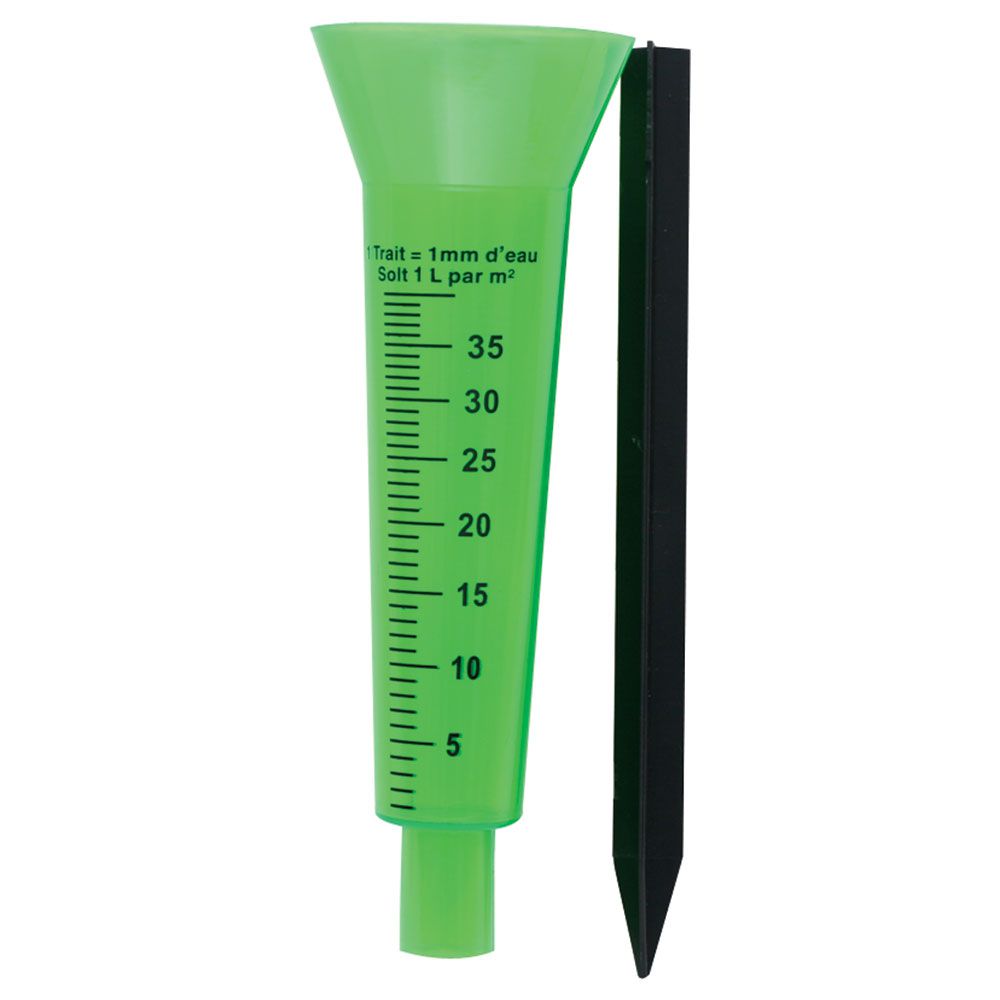Contrast the Leading Rain Gauge Versions for Accurate and Regular Analyses
Contrast the Leading Rain Gauge Versions for Accurate and Regular Analyses
Blog Article
Unveiling the Scientific Research Behind Rain Evaluates: Exactly How These Gadgets Play a Vital Function in Environment Research and Ecological Monitoring
Rain evaluates, apparently basic gadgets, hold an extensive value in the world of climate study and environmental surveillance. As we peel back the layers of this scientific shroud surrounding rain evaluates, we reveal a world where precision, information precision, and careful observation assemble to reveal a deeper understanding of our changing environment and its effect on the world.
Value of Rainfall Gauges
Rain gauges play a crucial role in tracking and determining precipitation degrees, giving vital data for environment study and analysis. These gadgets are essential in evaluating the quantity of rainfall that takes place in a particular area over a certain duration. By measuring and gathering rainwater, rain assesses offer important insights right into the distribution and strength of precipitation, assisting meteorologists, hydrologists, and climatologists in comprehending climate patterns and trends.
Among the vital reasons rain assesses are critical is their capacity to give exact and local information. Unlike satellite or radar-based measurements, which provide wider monitorings, rainfall evaluates deal accurate details particular to the area where they are put. This localized information is essential for numerous applications, including flood forecasting, drought monitoring, and water source management. Furthermore, long-term information collected from rain determines helps in analyzing environment adjustment impacts and patterns, contributing significantly to scientific study and decision-making processes. Basically, rainfall determines serve as essential tools in the area of weather forecasting and environmental science, playing a vital role beforehand our understanding of climate and environment dynamics.
Kinds Of Rain Gauges

Functionality and Procedure
In the world of climate research and atmospheric research studies, the efficiency of rainfall determines lies in their elaborate functionality and exact operational devices. Rainfall assesses are developed to precisely measure the amount of rainfall that drops over a details location during a collection duration.
The performance of rainfall determines is based on the concept of measuring and gathering rainwater in a standardized fashion. This gathered information is vital for comprehending neighborhood weather patterns, tracking lasting climate patterns, and assessing environmental influences. To ensure accurate dimensions, rainfall determines requirement to be strategically placed in open areas far you can find out more from obstructions such as buildings or trees that might disrupt the collection procedure.
The functional aspect of rain gauges involves routine maintenance to avoid debris accumulation, calibration checks to preserve dimension precision, and data recording for analysis (rain gauge). Overall, the functionality and procedure of rainfall gauges are crucial for collecting reputable rainfall information essential to climate research study and environmental tracking
Duty in Environment Research Study
Provided the critical relevance of precise precipitation dimensions in comprehending climate patterns and ecological impacts, the duty of rainfall evaluates in climate research study is important. Rain gauges provide vital data for climate research by quantifying the amount of rainfall that tips over a particular area throughout a provided duration. This data is crucial for monitoring lasting fads in precipitation patterns, examining the influence of climate adjustment on rains distribution, and improving climate designs.

Environment researchers use data collected from rainfall determines to assess variants in rainfall levels, determine local environment patterns, and examine the efficiency of water resource management techniques. By comparing site historic rainfall information with existing dimensions, researchers can detect shifts in precipitation patterns, such as changes in the regularity or strength of rainfall events. This information is essential for understanding how climate modification is affecting precipitation characteristics and can assist policymakers make educated decisions pertaining to adjustment and reduction strategies.
Applications in Environmental Surveillance

In flood forecasting, rain scale information aids to track rainfall strength and distribution, permitting authorities to issue prompt cautions and take necessary actions to alleviate flood risks (rain gauge). Drought surveillance relies upon rain scale information to evaluate dampness degrees in the soil and track rainfall deficiencies, helping in the identification of drought-prone locations and the application of dry spell reaction strategies
Additionally, rainfall gauge data plays an important function in water source administration by giving details on water schedule and usage fads. Furthermore, in farming, rain gauge data helps farmers in optimizing irrigation timetables, plant selection, and general ranch administration methods based on neighborhood rainfall patterns.
Conclusion
To conclude, rainfall determines blog are important tools for determining precipitation, supplying useful data for climate research and environmental monitoring. With various types and performances, rain assesses play a crucial duty in comprehending precipitation patterns and their influence on the atmosphere. By accurately determining rainfall, these devices add to the advancement of scientific knowledge and aid in making educated decisions related to water resource monitoring and disaster preparedness.
Rain gauges play an essential duty in tracking and measuring precipitation levels, giving crucial information for environment research study and analysis. The typical rainfall gauge, understood as the "tipping container" scale, is one of the most typically used tools. Ultrasonic rain evaluates use noise waves to discover the presence of rainfall, offering real-time information on precipitation degrees.Environment researchers make use of data accumulated from rain gauges to examine variations in rainfall levels, recognize regional environment patterns, and assess the effectiveness of water source management approaches.In final thought, rainfall gauges are essential devices for measuring rainfall, providing useful data for environment research and ecological monitoring.
Report this page